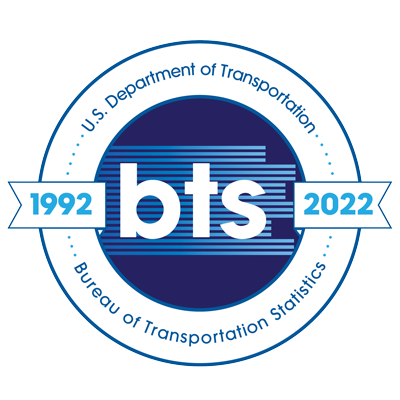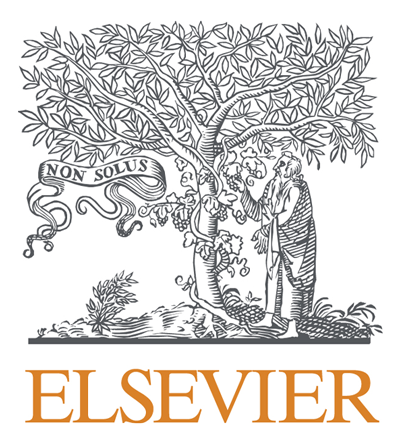Mapping building-level population by integrating remote sensing and mobile phone data
Topics:
Keywords: Mapping population; Building-level; Remote Sensing; Mobile phone data
Abstract Type: Paper Abstract
Authors:
Suiyuan Wang,
Le Wang,
,
,
,
,
,
,
,
,
Abstract
Population data is a vital component of human-related research. In sustainable development goals, 108 of 231 goals need support from population data. As the finest population distribution, the building-level population is important for accurately assessing the risks of environmental exposures, optimizing resource allocation, and measuring the impacts of socio-economic justice. Most existing building population studies used three primary conventional data sources (point-of-interests, GIS and remote sensing data) to estimate or disaggregate census data to get fine-scale populations.
However, they ignored the population mobility problem that obsolete population information cannot provide effective information for precise applications, like real-time population exposed to floods. To this end, mobile phone data, which emerges as the high temporal resolution social sensing data, reflect the population's mobility pattern and provide an opportunity to address this issue. Subsequently, a follow-up challenge confronting the updated building population mapping arises because it lacks an effective method to integrate the advantages of remote sensing and mobile phone data to generate high spatial-temporal resolution population maps.
Mapping building-level population by integrating remote sensing and mobile phone data
Category
Paper Abstract








